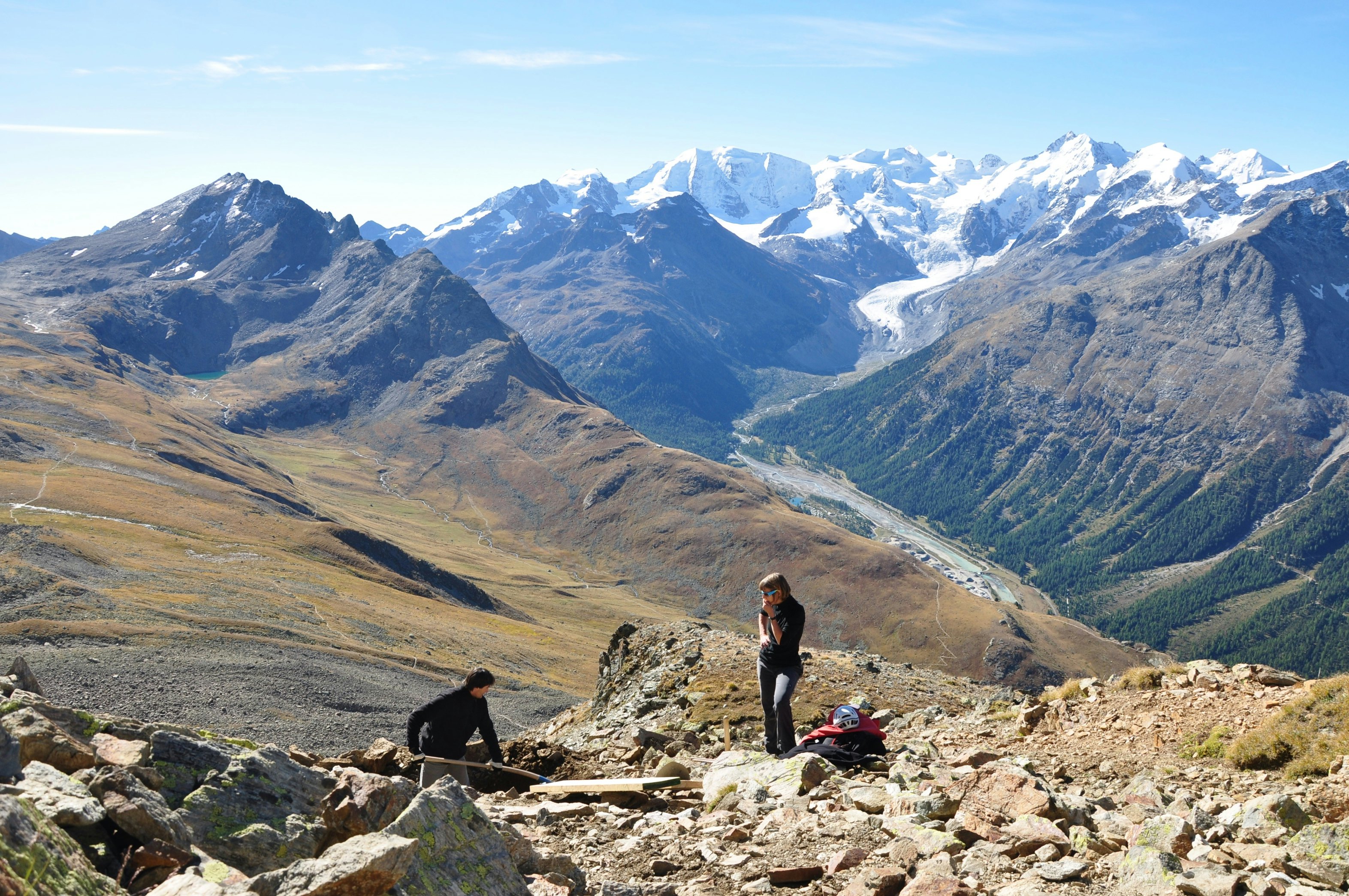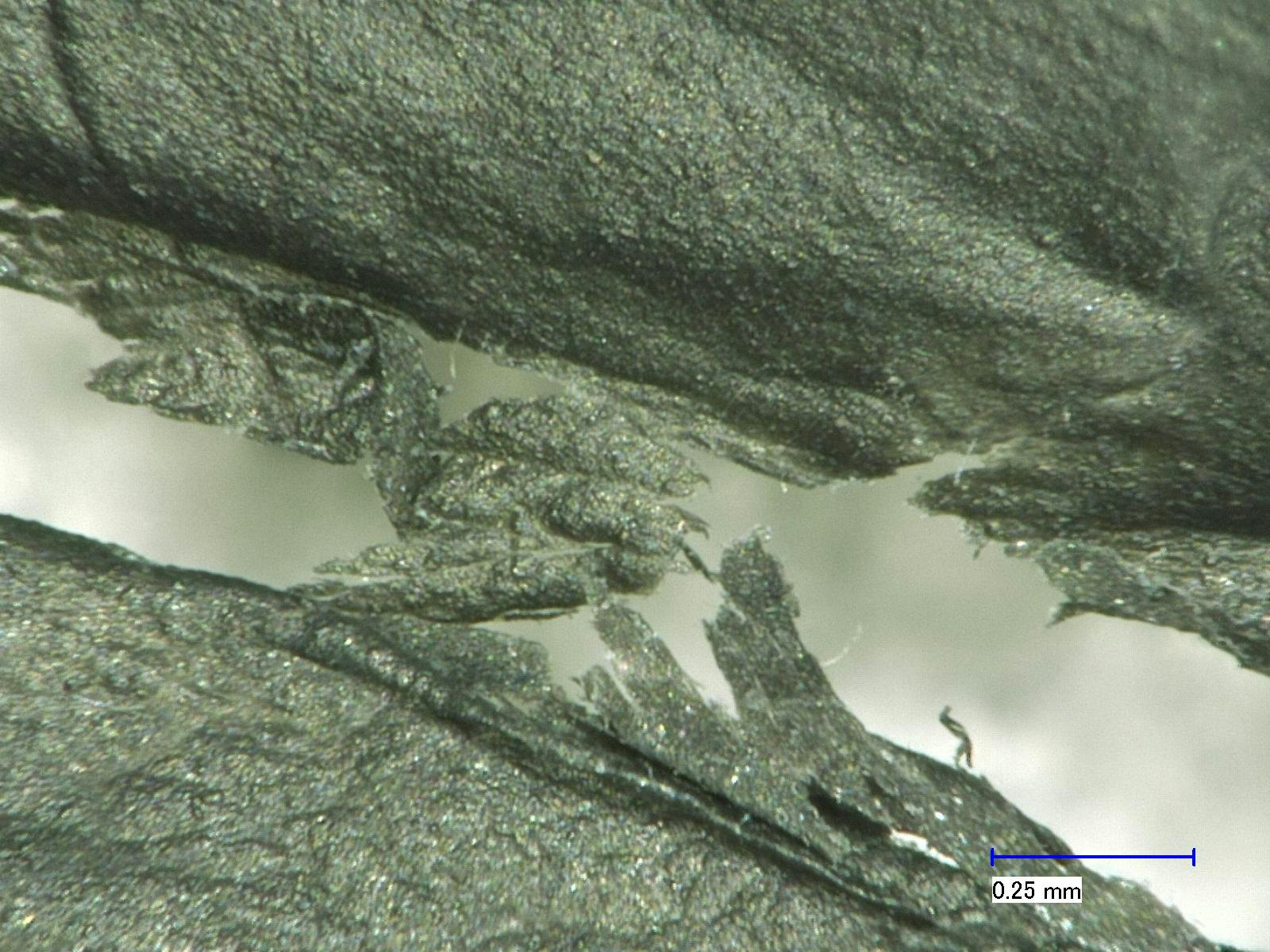
A creative solution for plastic pollution may be hiding in the Swiss Alps and the Arctic. These chilly environments house tons of microbes with unique traits, as scientists have discovered in recent years.
Joel Rüthi, a microbiologist at the Swiss Federal Institute for Forest, Snow, and Landscape Research, wanted to see how these cold-loving microbes interact with plastic pollution — after all, scientists have found microplastics even in remote regions of the Arctic and Alps.
Rüthi and his colleagues studied samples of bacteria and fungi growing on plastic in Greenland, the Norwegian Svalbard archipelago, and Switzerland. They found that many of them could break down several biodegradable plastics at 59 degrees Fahrenheit. They published their work this week in Frontiers in Microbiology.

Scientists already know of several microorganisms that can do this. But most of them need a tremendous amount of heat — usually over 80 degrees Fahrenheit — to get the job done. Instead, these microbes can do the job in much colder conditions, likely due to their chilly natural environments. Moving forward, Rüthi sees plenty of possibilities for these special fungi and bacteria.
“Many of these microbes are completely unknown, and we still don’t know a lot about their lifestyles and their abilities,” Rüthi tells Inverse. But he expects that they hold plenty of promise for recycling technologies and beyond.
Mysterious microbes
At the moment, scientists around the world are exploring ways to harness plastic-hungry microbes and attack our massive pollution problem. The process typically works like this: Fungi and bacteria have powerful enzymes that researchers can isolate to break down plastic polymers into their building blocks, called monomers. Eventually, the monomers can be turned back into plastic for new products.
Or, when using the whole microbe (not just the isolated enzyme), the reaction creates carbon dioxide, water, and nutrients that can benefit plants — somewhat similar to composting.
Studies have suggested that various enzymes have appetites for specific types of plastic, so researchers could even try to tailor different microbes for different polymers.
But these futuristic techniques come with downsides. For one, these enzymes typically take longer than industrial chemicals currently do to degrade plastics. Some labs are trying to engineer these enzymes to work more efficiently and speed up the process.
But they also often require high temperatures to set off these chemical reactions — generating that much heat could add to the carbon footprint of the recycling process. Now, this new research could offer a cooler alternative.

Previously, Rüthi and his colleagues have found that microbes that munch on plastic in their environments appeared to have different physical characteristics from microbes living in plastic-free soil. The former seemed to rely on biodegradable plastic as a source of energy and nutrients — potentially due to its similarity to a waxy plant polymer called cutin — so the researchers decided to put these plastic-hungry organisms to the test.
For the new study, they examined samples of 19 bacteria strains and 15 fungi strains growing on plastic in frigid locales, including microbes collected in Svalbard during a 2018 project by ETH Zurich students. Some of the Swiss soil came all the way from a nearly 10,000-foot-tall mountain summit.
First, the scientists isolated the microbes at 59 degrees in the lab and determined their specific strains. Then, they tested whether the fungi and bacteria could break down different types of plastics: non-biodegradable polyethylene (PE) and biodegradable polyester-polyurethane (PUR), as well as biodegradable mixtures of polybutylene adipate terephthalate (PBAT) and polylactic acid (PLA).
Rüthi and his co-authors left the microbes with the plastics for up to 126 days and encountered mixed results. None of the strains could digest PE, which he attributes to the plastic’s “very stable structure which cannot easily be broken down by enzymes.”
But just over half the strains, including 11 types of fungi and eight types of bacteria, digested PUR at 59 degrees. Plus, 14 fungi and three bacteria broke down the PBAT and PLA mixture. Overall, two uncharacterized fungal species beat out the other microbes and could digest all of the tested plastics (besides PE).
What’s next
Rüthi’s team isn’t alone in their chilly microbe curiosity. Scientists in Poland have also experimented with Arctic microorganisms, but this research also remains in the early stages.
To learn more about these microbes, Rüthi plans to take a closer look at their plastic-degrading enzymes and figure out whether they’re stable enough to work on a larger scale at reasonable temperatures.
And, as he points out, plastics can consist of multiple kinds of polymers and additives. “When all plastic is trashed together, this mixture becomes even more complex,” Rüthi says. So it isn’t yet clear whether microbes can tackle this plastic hodgepodge, or whether future facilities would need to separate and clean all of the different ingredients.
Right now, Rüthi and his team are trying to extract enzymes directly from soil samples so they don’t need to isolate and grow bacteria and fungi in the lab. They also hope to work with groups of microbes simultaneously, rather than just individual strains, to improve and speed up the process.
“We hope that one day our discovered microbes could help in making plastic recycling more sustainable,” he says. “However, we are still at a very early stage, and a lot of research will still be needed to find out if the enzymes produced by our microbial strains could indeed be used in an industrial process in the future.”







